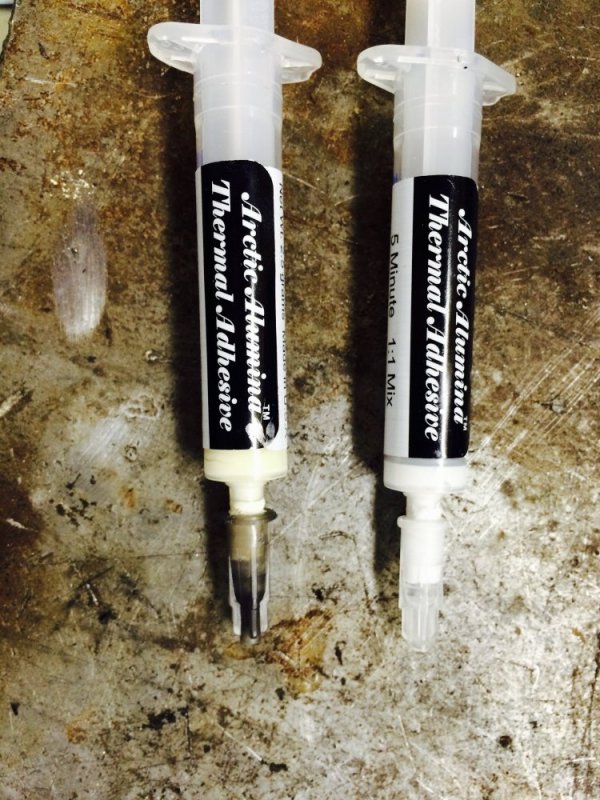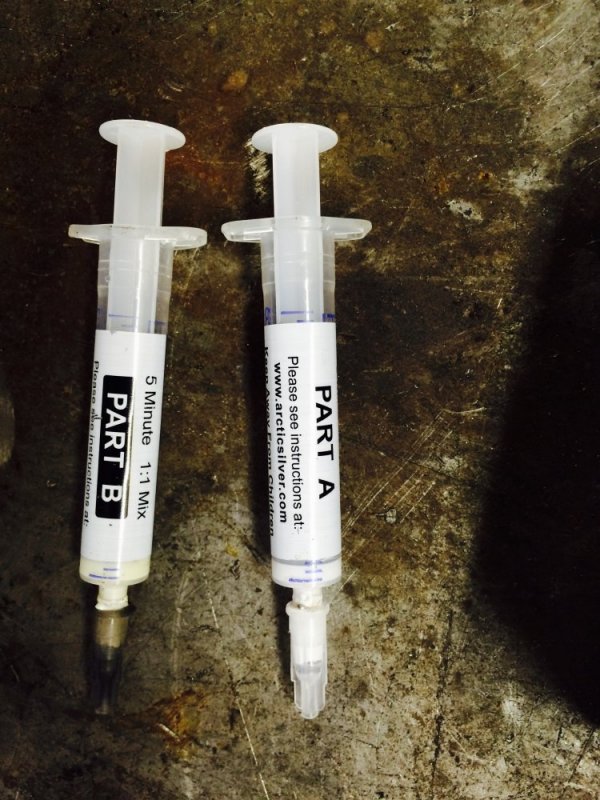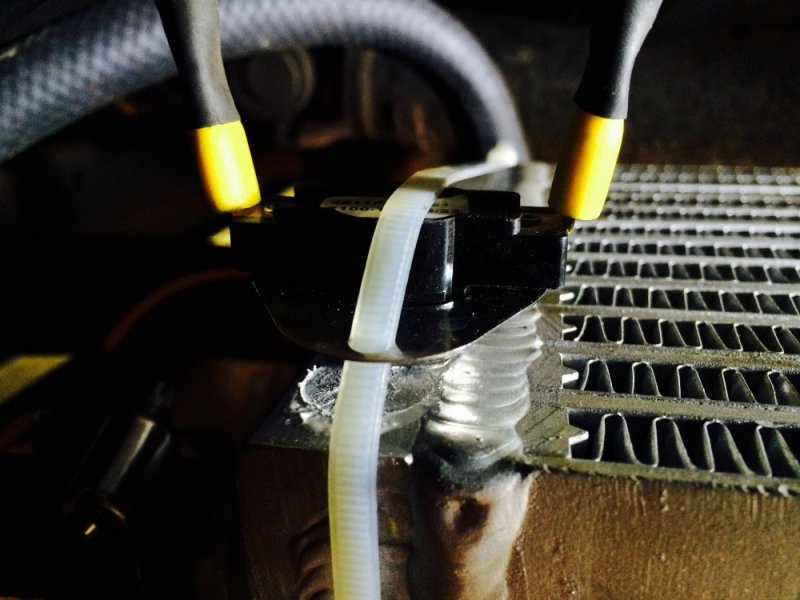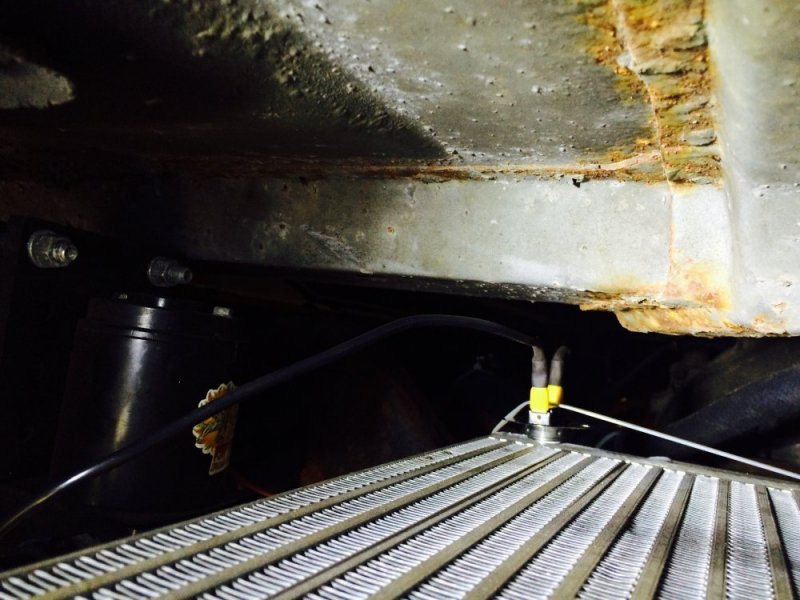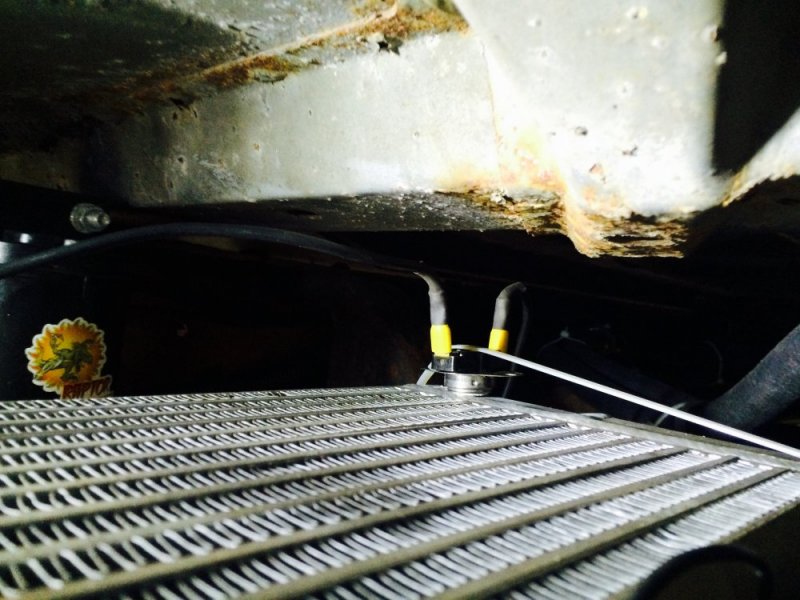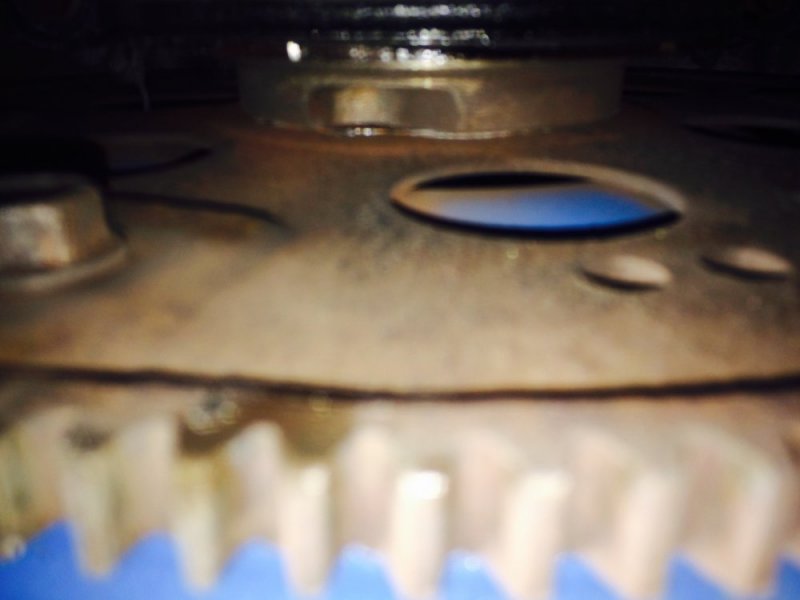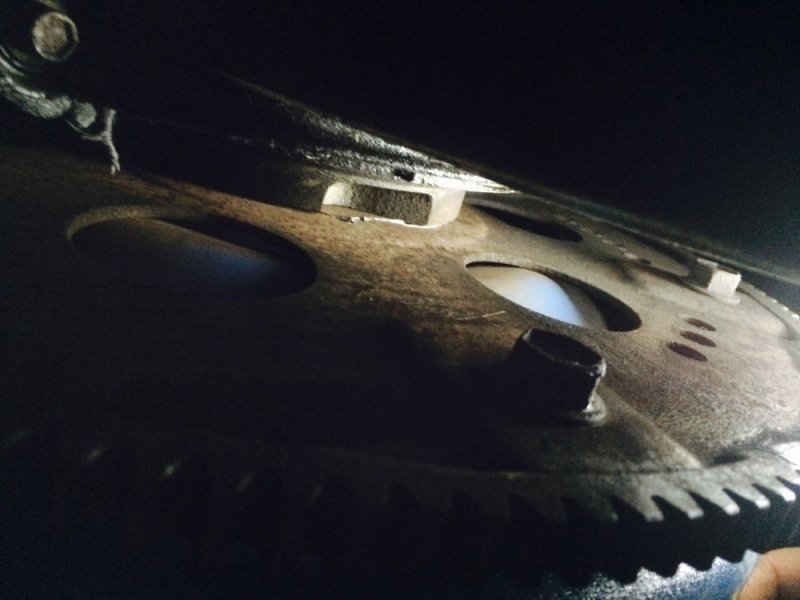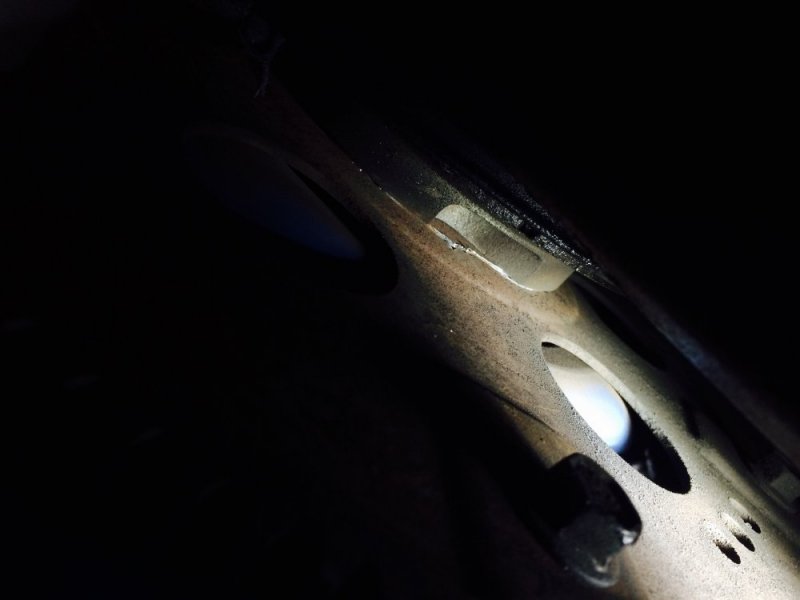Will L.
Well-Known Member
If you use water soluble oil, same as water wetter ratio.
The water wetter is the optimum blend, but the regular oil can usually be had free from machinists in small amounts , so a good cheaper option that's better than none.
The water wetter is the optimum blend, but the regular oil can usually be had free from machinists in small amounts , so a good cheaper option that's better than none.

